Advancements in Automation and Robotics
The integration of automation and robotics within industrial operations is transforming the Industrial Vehicles Market. Automated guided vehicles (AGVs) and robotic systems are increasingly utilized in warehouses and manufacturing facilities to improve efficiency and reduce labor costs. The market for automated industrial vehicles is expected to grow at a compound annual growth rate of around 10% through 2025. This shift towards automation not only enhances productivity but also necessitates the adoption of advanced industrial vehicles, thereby propelling the Industrial Vehicles Market forward. Companies are likely to invest in these technologies to remain competitive in an evolving marketplace.
Increased Demand for E-commerce Logistics
The rise of e-commerce has led to a substantial increase in demand for efficient logistics solutions, thereby driving the Industrial Vehicles Market. As online shopping continues to expand, companies require robust industrial vehicles to manage inventory and facilitate timely deliveries. In 2025, the logistics sector is projected to account for a significant portion of the industrial vehicle sales, with estimates suggesting a growth rate of approximately 8% annually. This trend indicates that businesses are investing heavily in industrial vehicles to enhance their supply chain capabilities, ultimately contributing to the overall growth of the Industrial Vehicles Market.
Rising Labor Costs and Workforce Shortages
The increasing labor costs and workforce shortages are compelling businesses to invest in industrial vehicles that enhance operational efficiency. In many regions, the cost of labor has risen significantly, prompting companies to seek solutions that reduce reliance on manual labor. The Industrial Vehicles Market is likely to benefit from this trend, as businesses turn to mechanization and automation to maintain productivity. In 2025, it is anticipated that the demand for industrial vehicles capable of performing tasks traditionally handled by human labor will increase, potentially leading to a market growth rate of around 9%. This shift underscores the importance of industrial vehicles in addressing labor challenges.
Infrastructure Development and Urbanization
Rapid urbanization and infrastructure development are key drivers of the Industrial Vehicles Market. As cities expand and new construction projects emerge, the demand for industrial vehicles such as cranes, forklifts, and dump trucks is likely to increase. In 2025, the construction sector is anticipated to contribute significantly to the industrial vehicle sales, with projections indicating a growth rate of approximately 7% annually. This trend suggests that as urban areas continue to develop, the need for specialized industrial vehicles will rise, further stimulating the Industrial Vehicles Market. Companies involved in construction and infrastructure projects are expected to invest in modern industrial vehicles to meet these demands.
Focus on Sustainability and Green Technologies
The growing emphasis on sustainability and environmentally friendly practices is influencing the Industrial Vehicles Market. Companies are increasingly seeking industrial vehicles that utilize alternative fuels or are designed to minimize emissions. The market for electric and hybrid industrial vehicles is projected to grow significantly, with estimates suggesting a compound annual growth rate of around 12% through 2025. This shift towards greener technologies indicates that businesses are prioritizing sustainability in their operations, which is likely to drive innovation and investment in the Industrial Vehicles Market. As regulations become stricter, the demand for eco-friendly industrial vehicles will continue to rise.
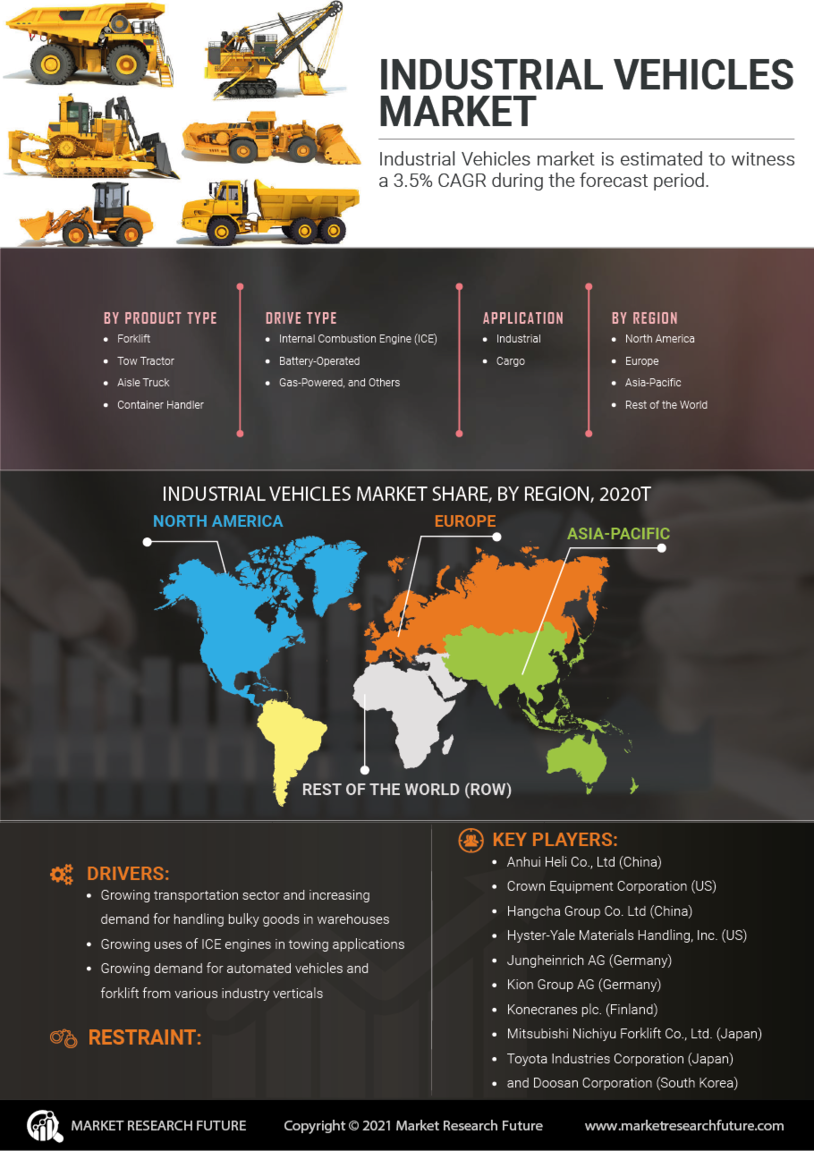

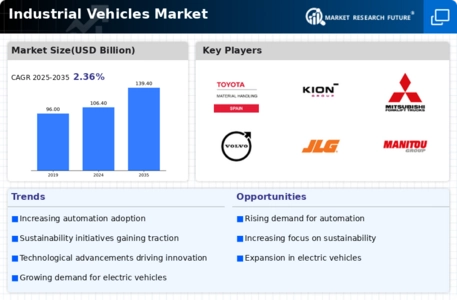
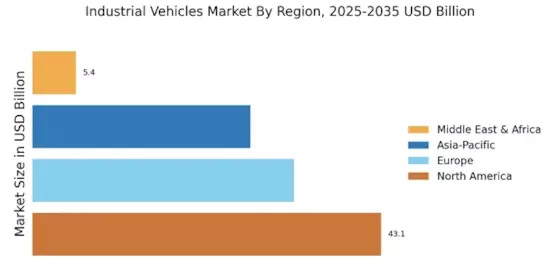
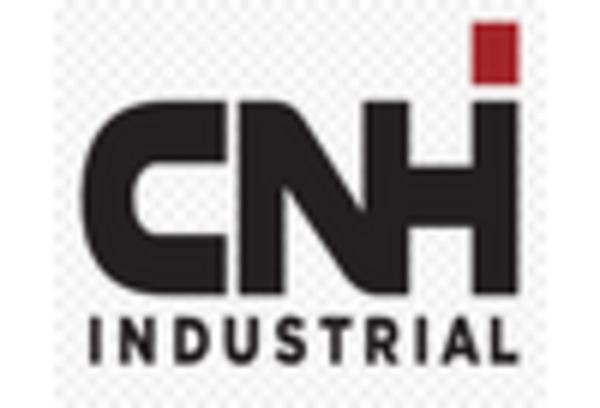
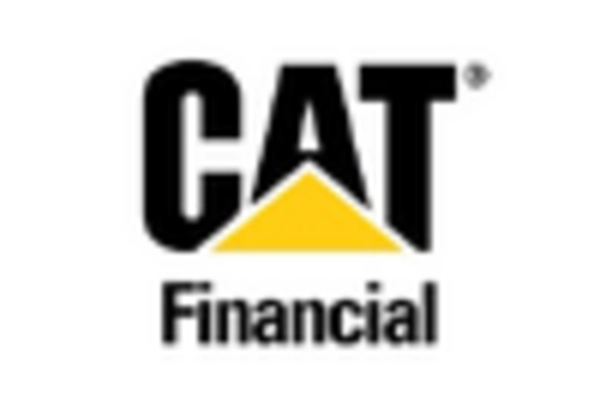












Leave a Comment